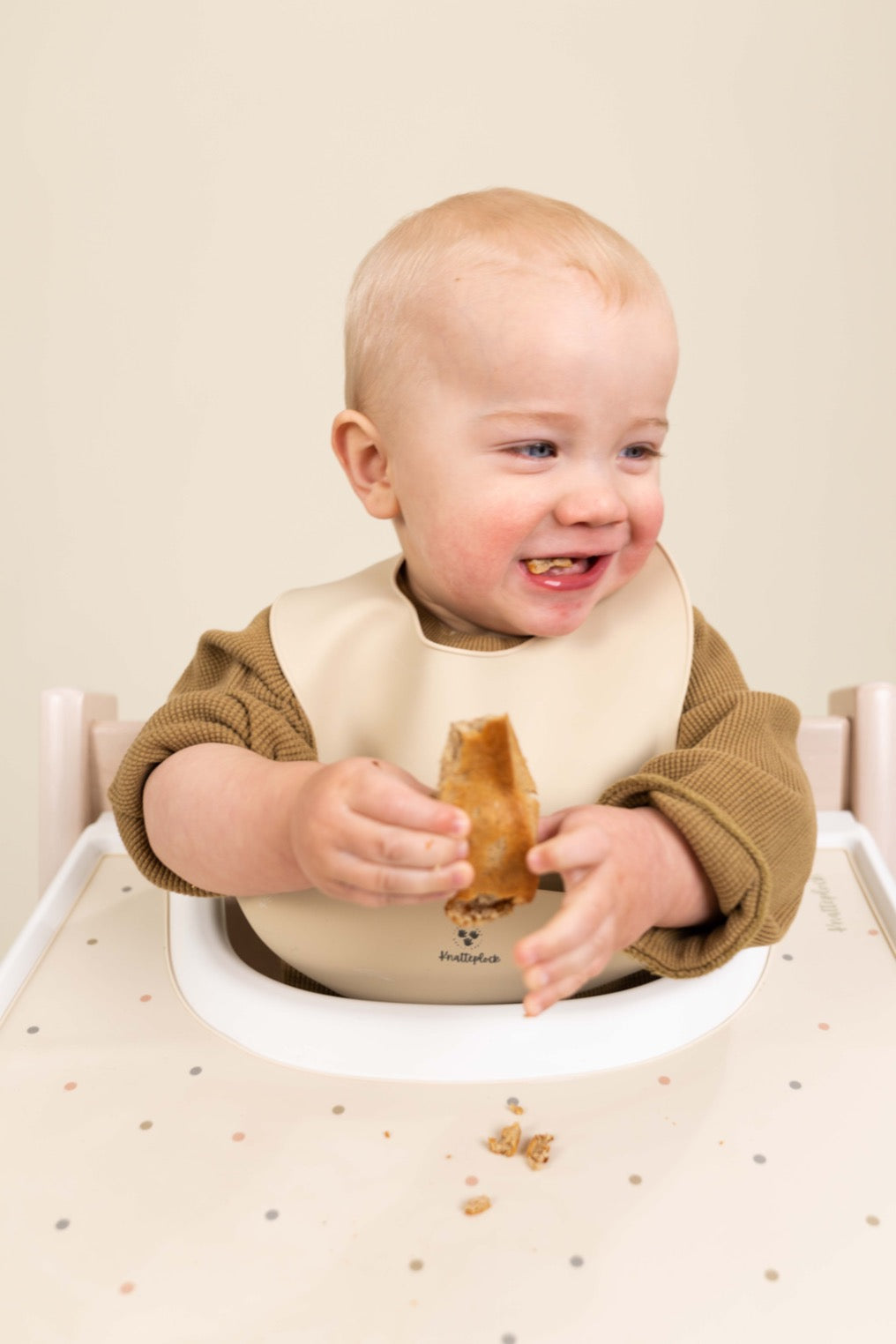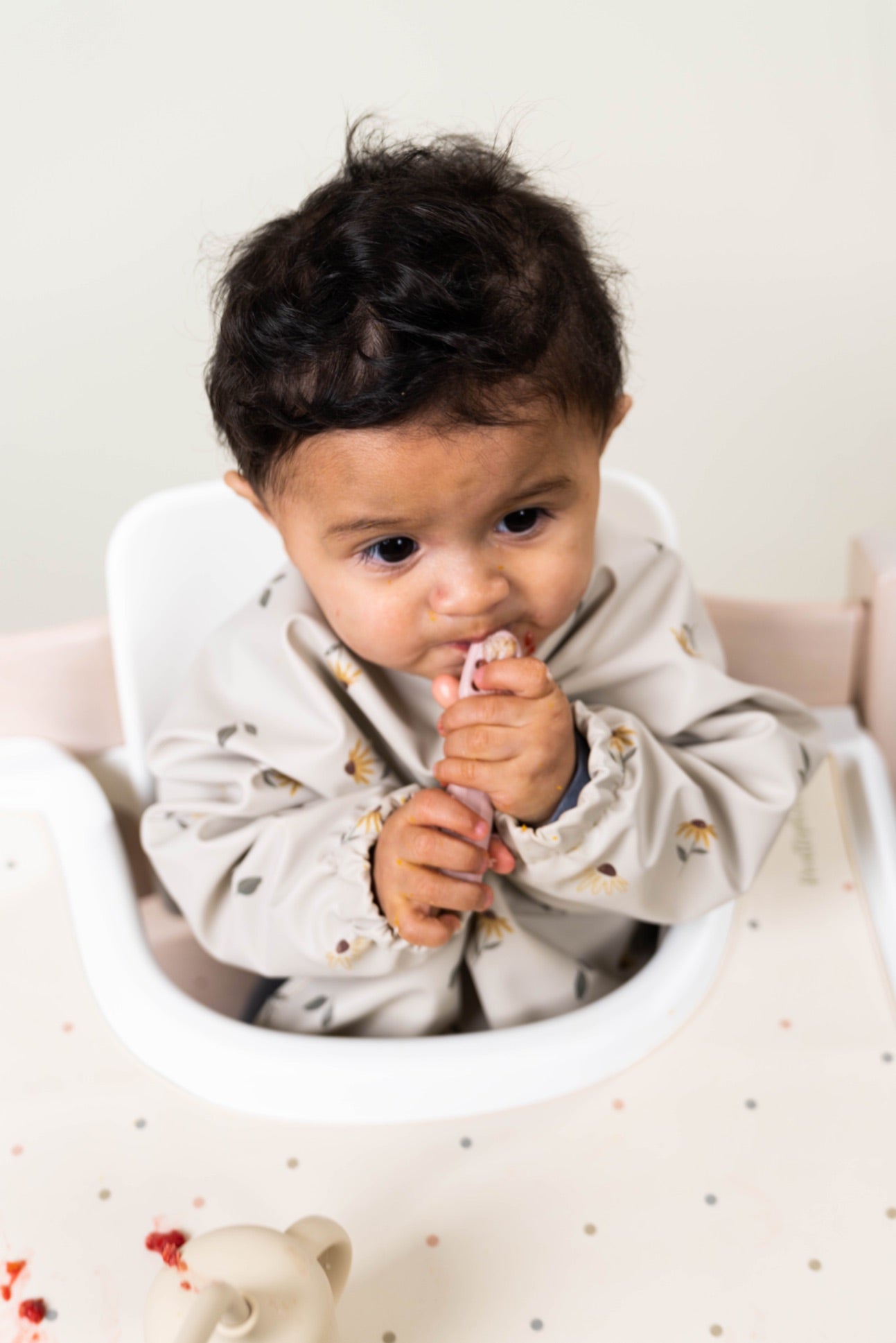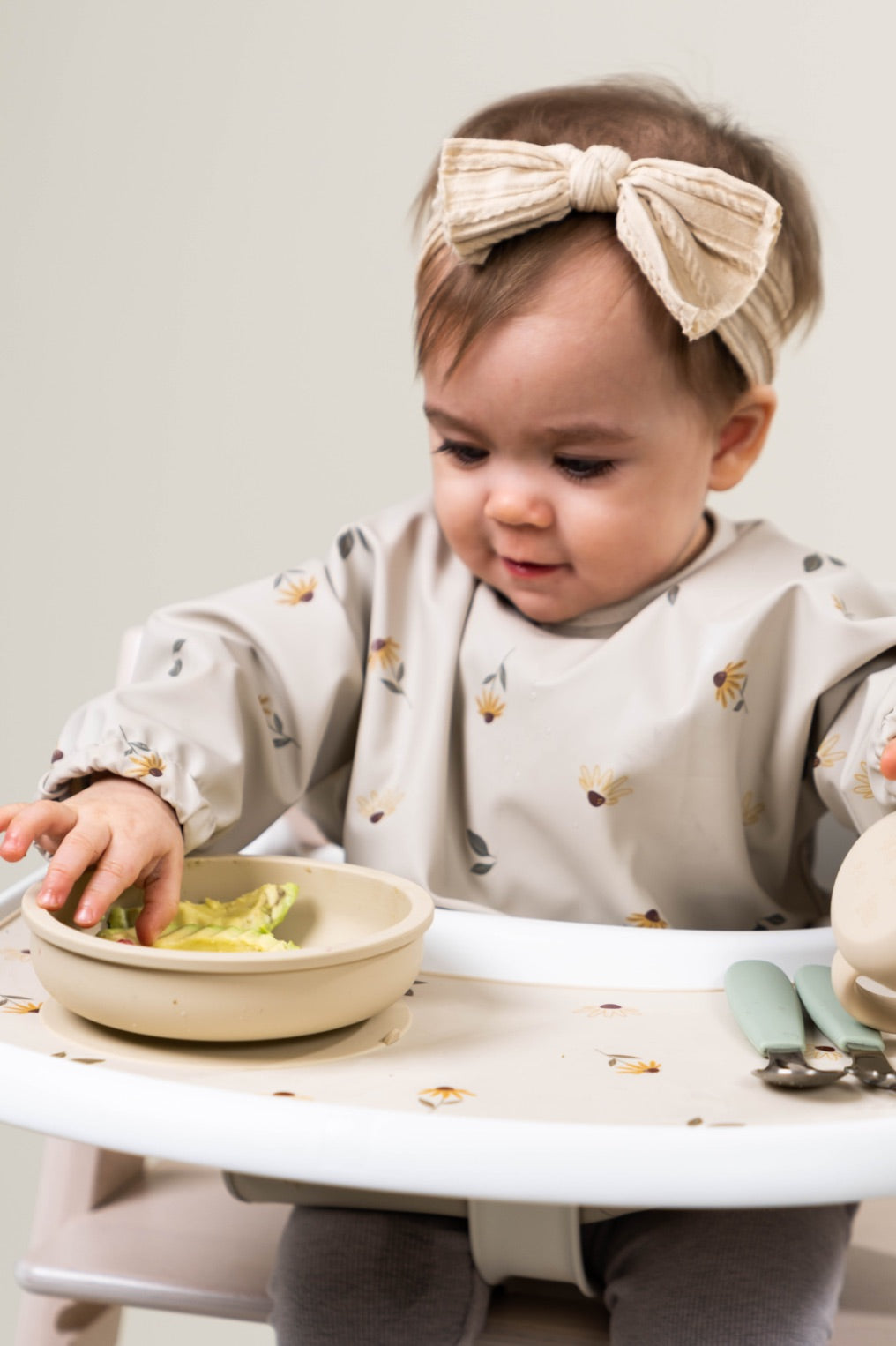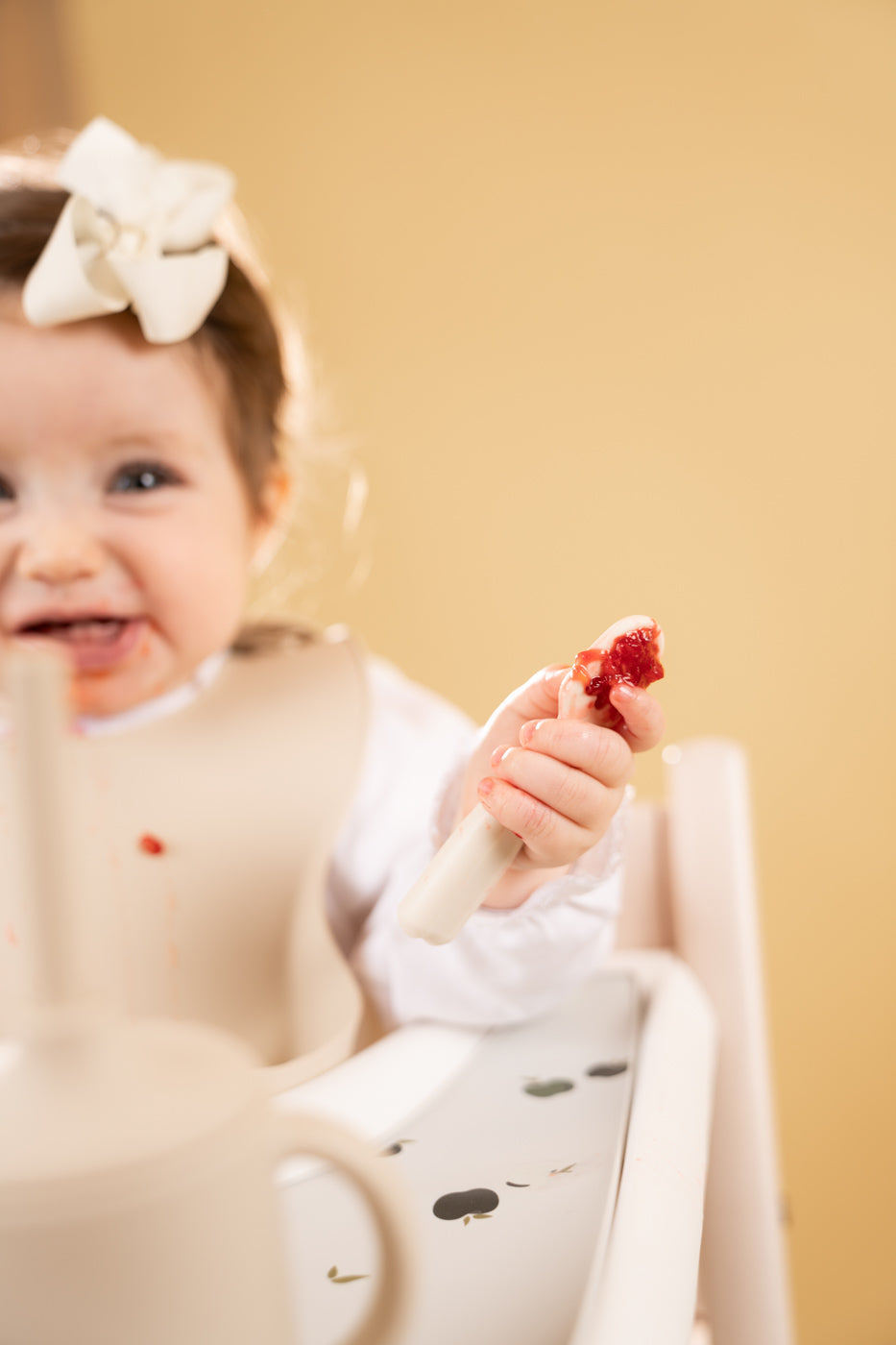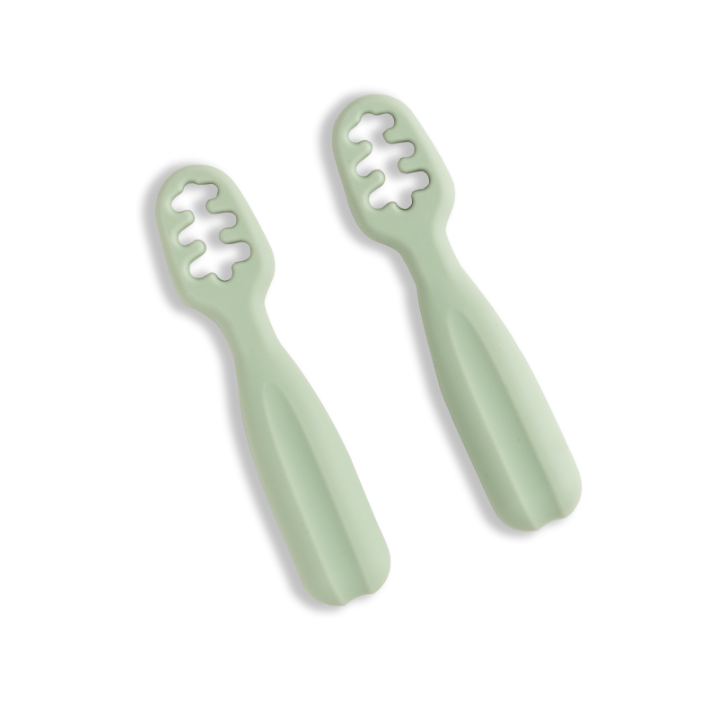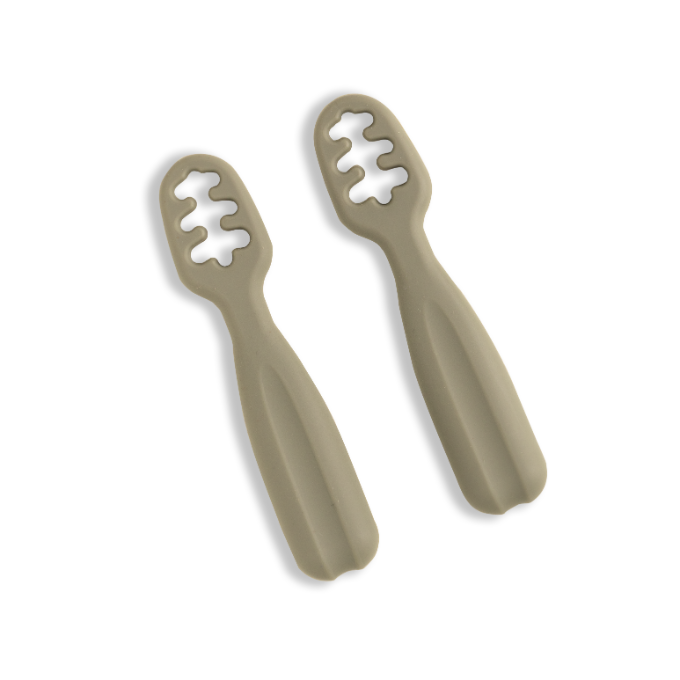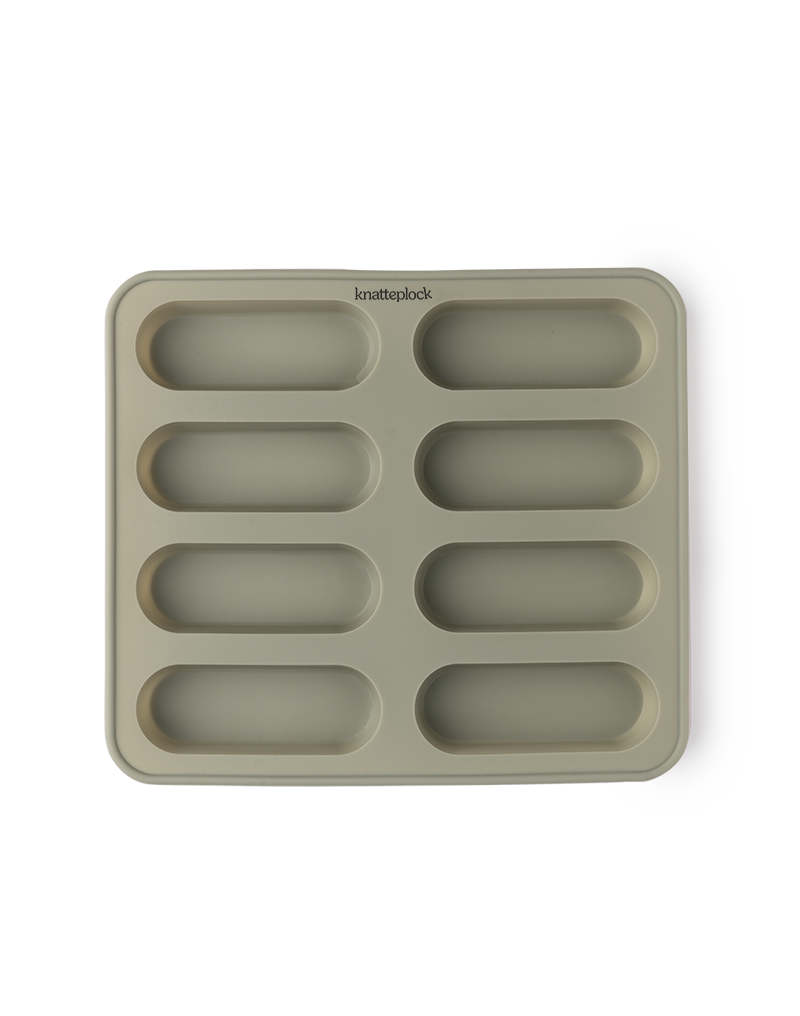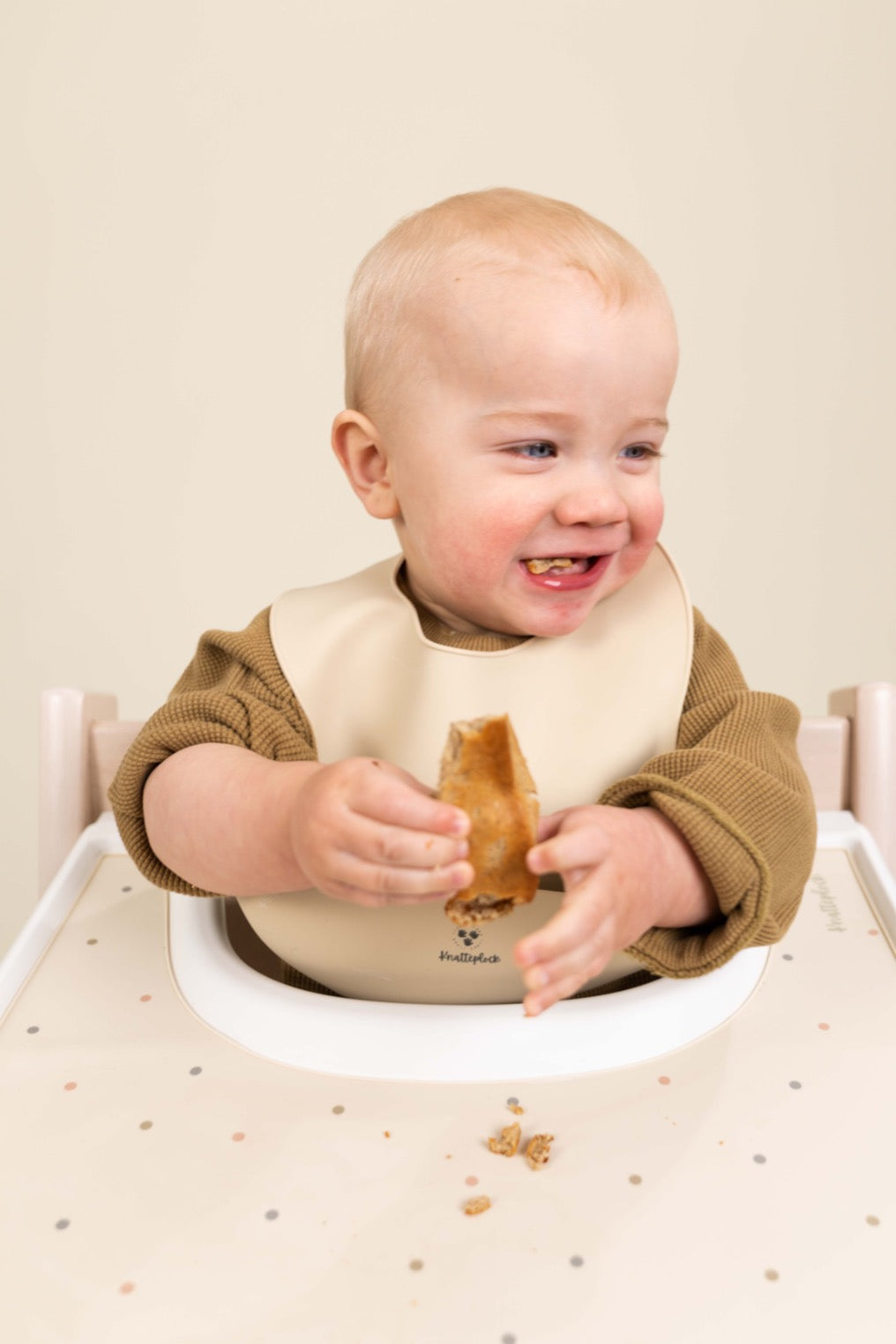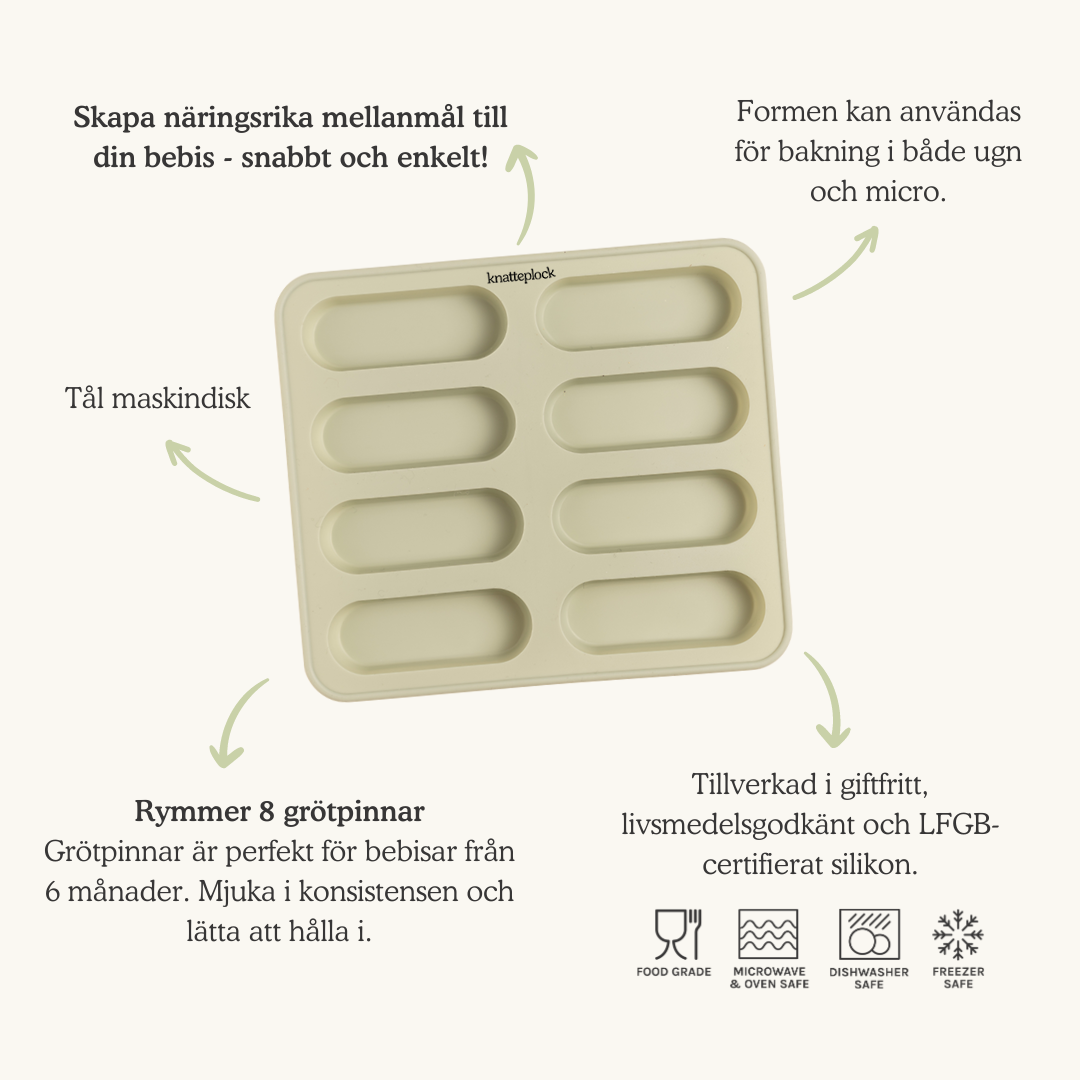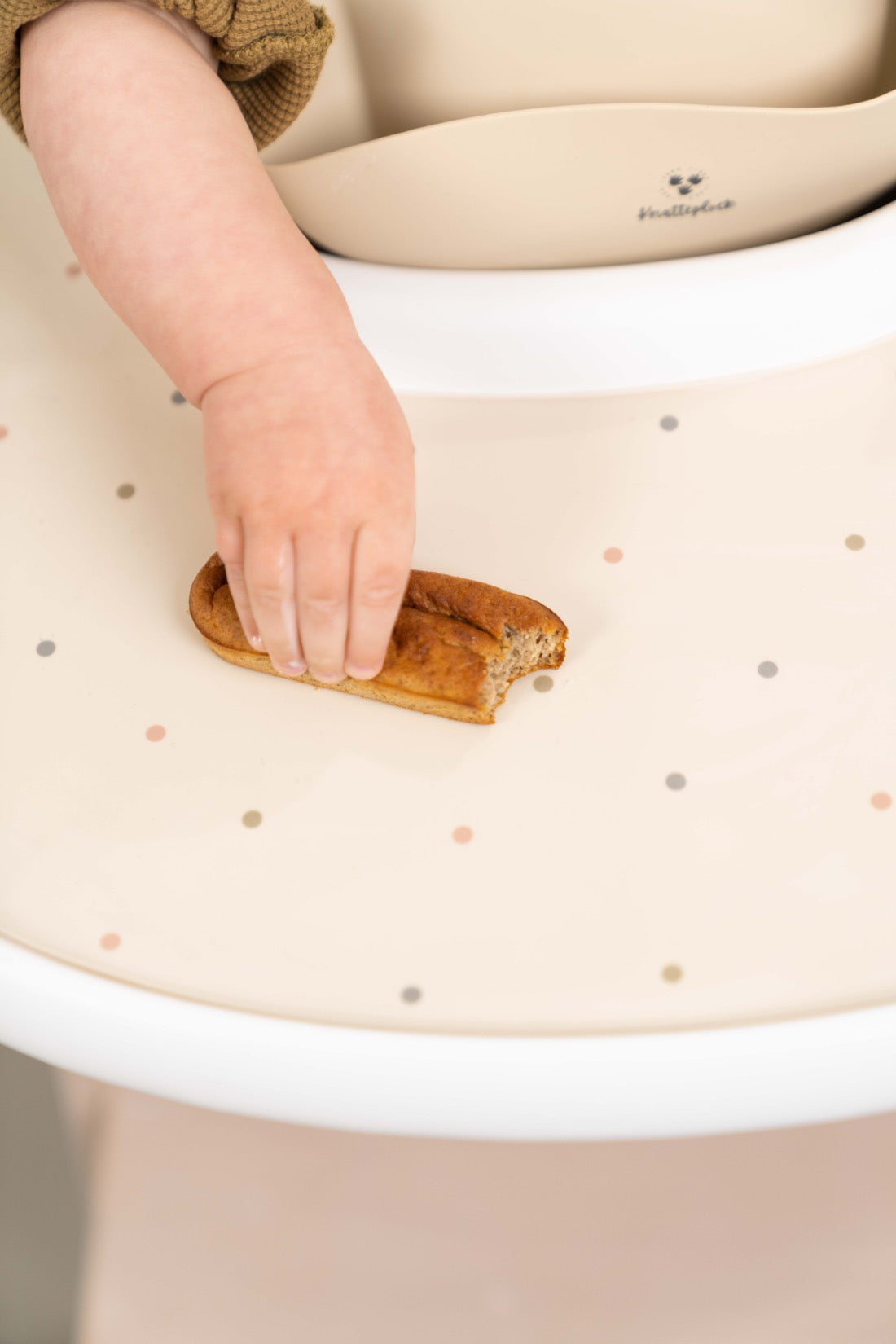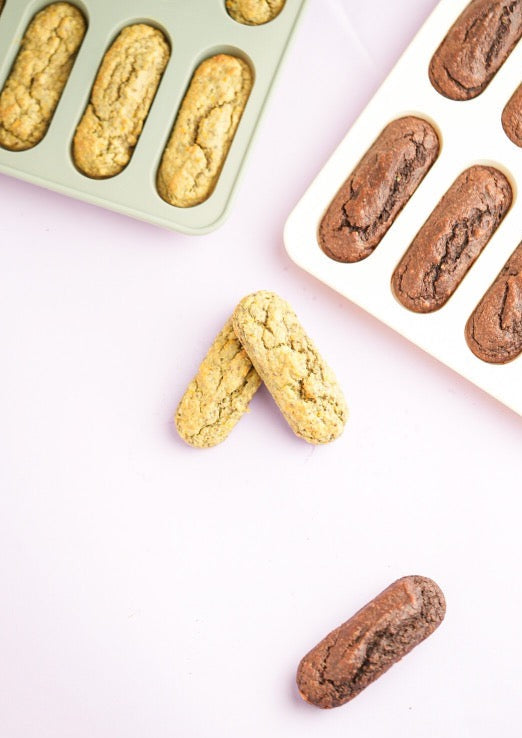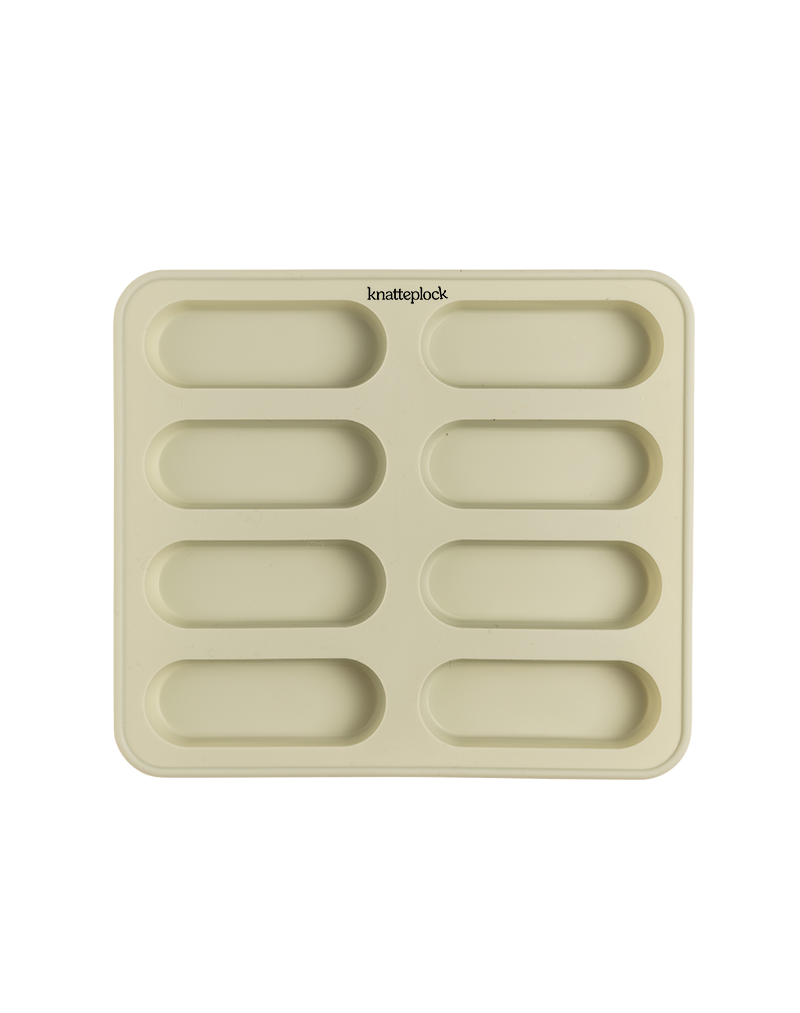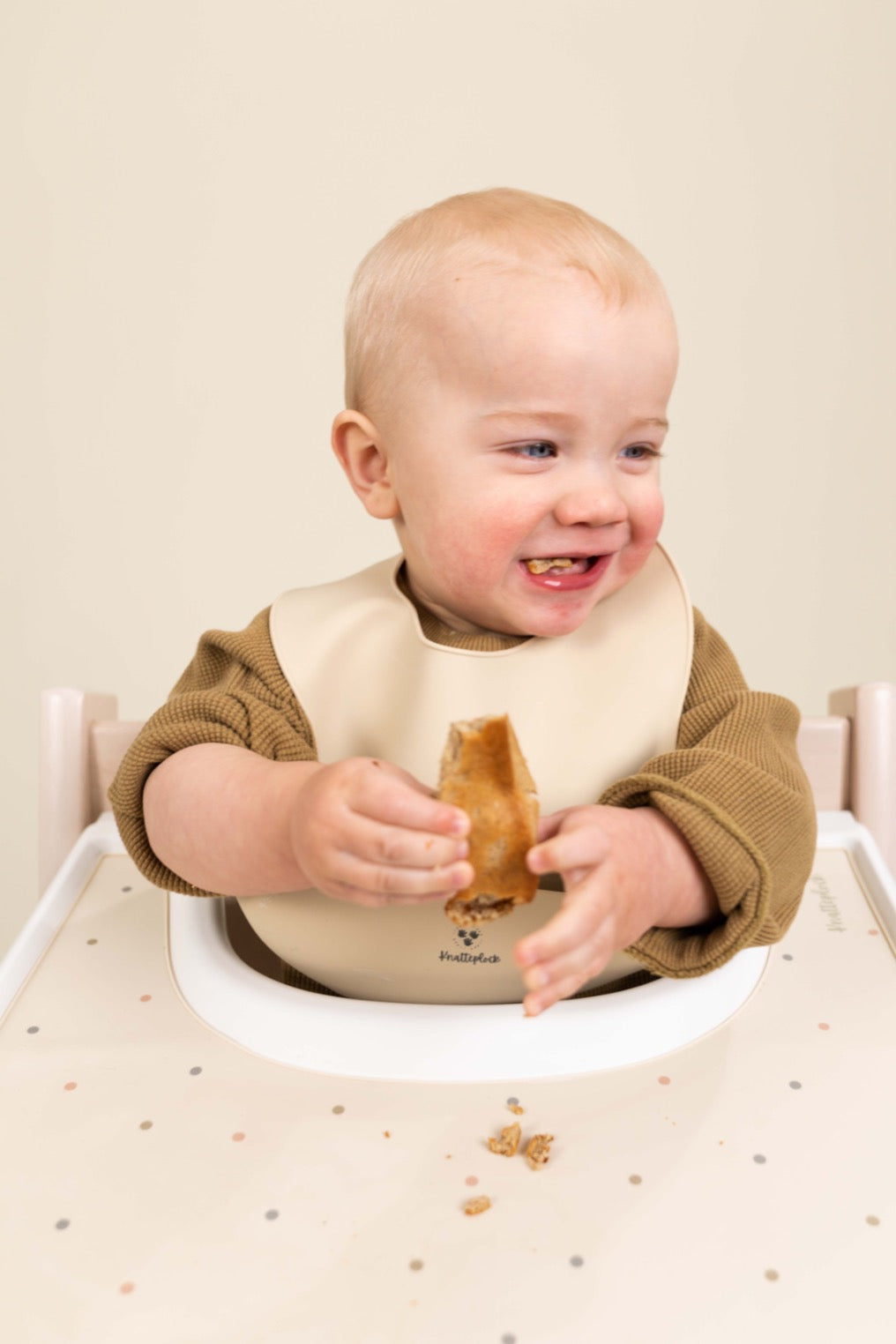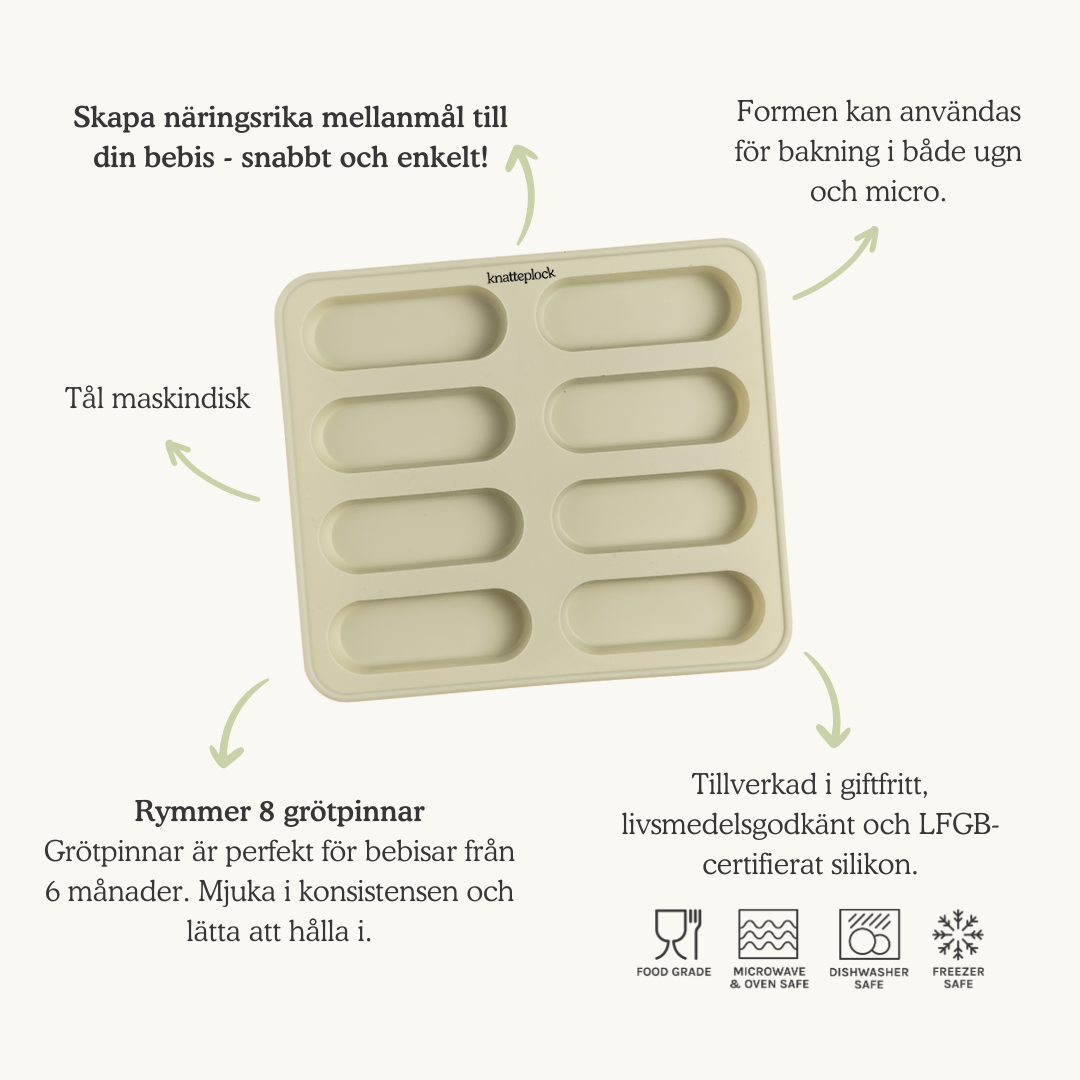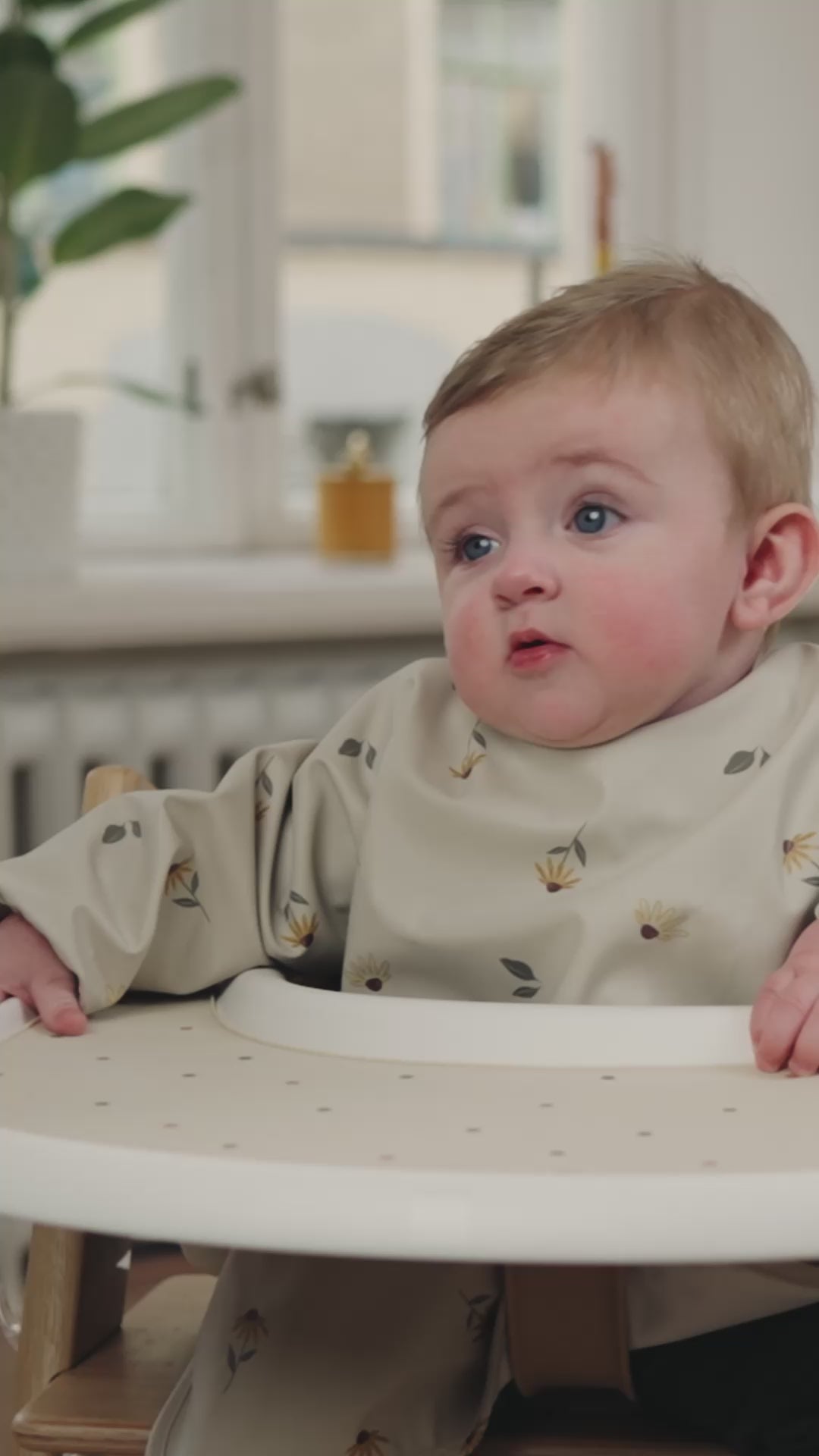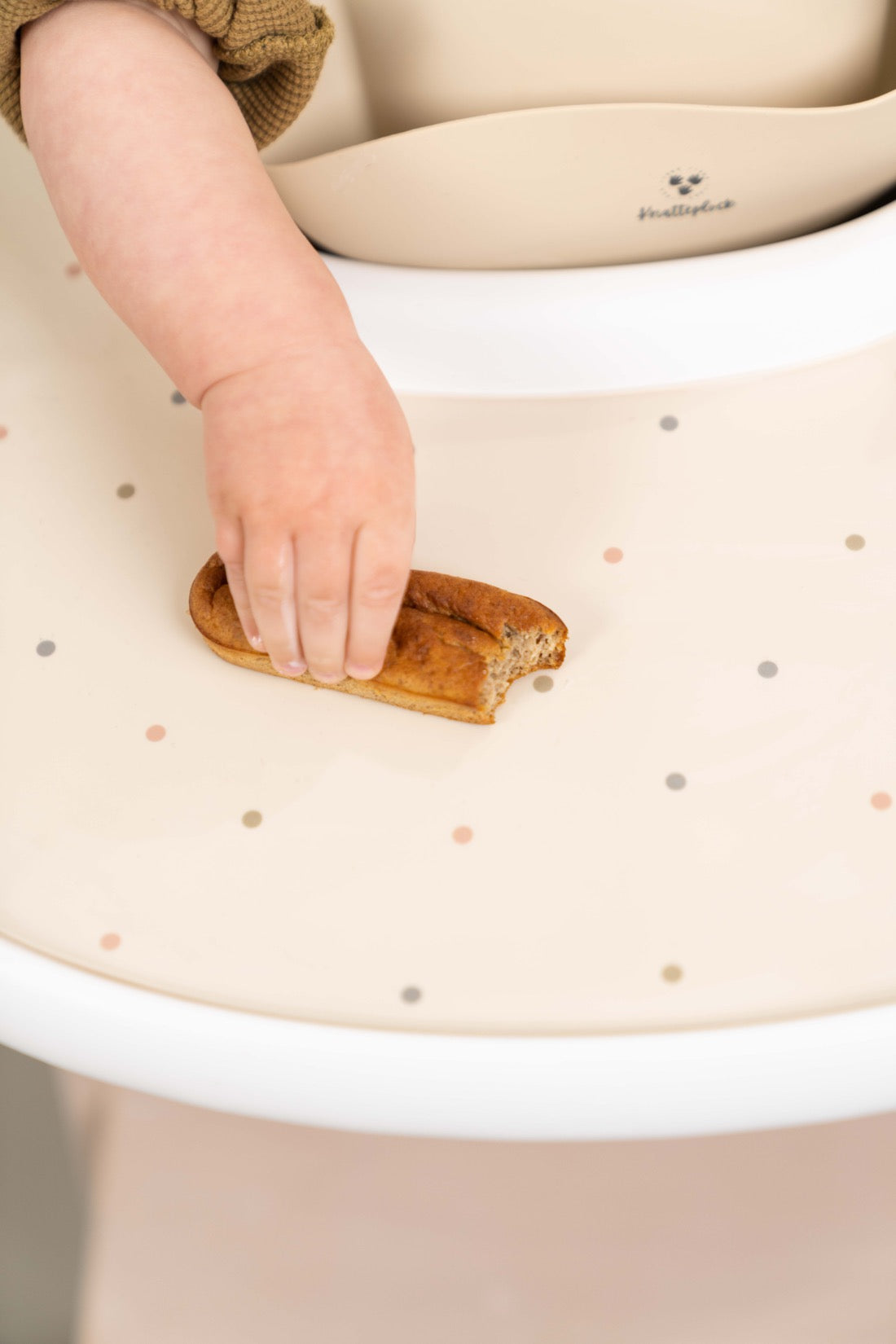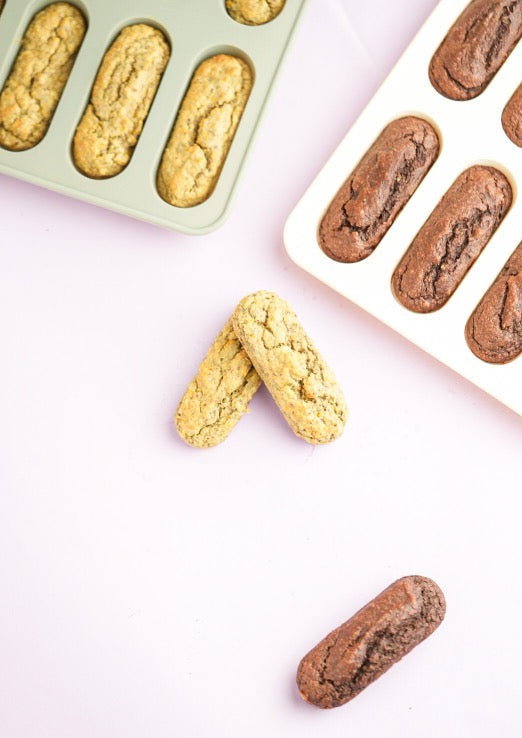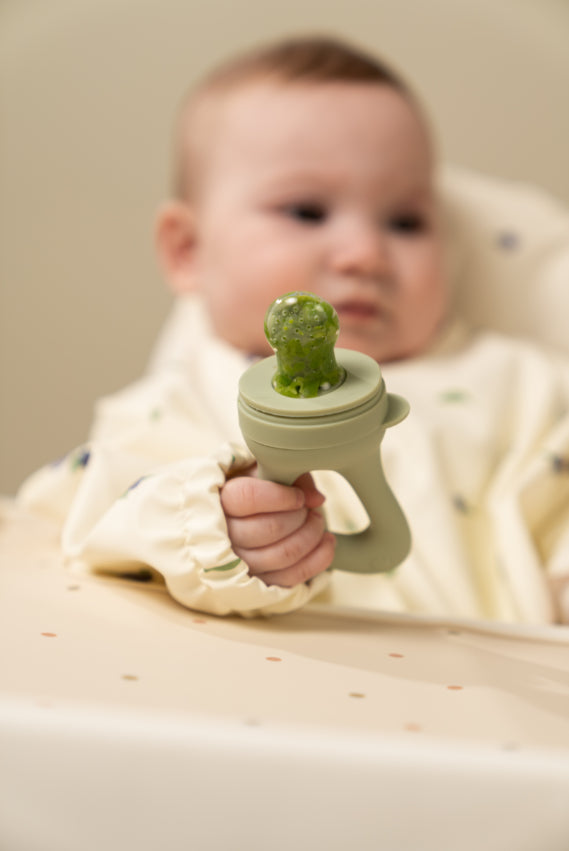Traveling with young children can be a challenge, especially when it comes to food. At Knatteplock we want to help create enjoyable meals - even when traveling. Here are some tips for food to take with you on the train, car trip and plane.

Benefits of finger food when traveling
Pickled food is perfect as travel food because it is easy to serve and fun to pick up for both young and old.
Food for the whole family: Easy to bring the same food for the whole family. You don't have to bring separate food for the children, you can easily prepare one dish for everyone.
New food in a new environment: Many children actually eat more and dare to try new foods in new environments. So taking the opportunity to bring something new is not a bad idea!
Easy to eat by yourself : Young children can easily pick up and eat the food themselves, making them more independent and engaged during the trip.
- Varied diet : Pickled food provides the opportunity for a varied and balanced diet, even when you are traveling.
Food to take on the train or car journey
Traveling by train and car comes with the advantage of being able to bring liquid foods like smoothies and sauces, unlike when you fly and are not allowed to bring liquids onto the plane. This opens up more options and makes the trip a little easier. Here are some of our favorites:
- Savory muffins : Easy to handle and doesn't get messy. Plus, they can be eaten cold.
Porridge sticks : A good snack that can easily be varied in flavor depending on the season.
Sandwiches : Filled with kids' favorite ingredients. Toppings like peanut butter and banana don't require refrigeration.
Pierogies and pizza balls : A filling and tasty lunch that the whole family will enjoy.
Dip-friendly snacks : Various types of steaks and fritters are perfect for dipping in ready-made dipping sauce.
Pancakes: Because who doesn't love pancakes?
- Smoothies with fruits and vegetables: Perfect cooling snack to serve in our insulated straw bottle.
Food tips
Sweet potato and oat brownies
Perfect brownies to take on the road:
These brownies made with sweet potatoes and oats were a real hit! Perfect texture and taste. Not too sweet for our little ones but still sweet enough to be classified as a snack.
Safety: take a meal break during the car journey
When it comes to car trips, safety is always paramount. It's best to avoid letting your children eat in the car while you're driving, as it can be a choking hazard. Instead, plan regular breaks where you can stop and eat. These breaks also give your children a chance to stretch their legs.

Food on the flight
When traveling by air, the rules are a little stricter, especially when it comes to liquid food. Here are some tips to make your flight easier:
Solid food: Opt for food that is not liquid. Rich Muffins, porridge sticks, tortilla sandwiches and pies are excellent options.
- Check the rules: Always check the airline's rules for what is allowed in your hand luggage. This can vary between different airlines and airports. Often, you Bring food for the little ones, as it must be registered separately at the security checkpoint.
Food to take with you on the trip
Tips for an easier trip
Prepare : Prepare your pick-me-up at home before your trip. This will save you time and stress once you're on the road. Make it a few days in advance and freeze it for less stress.
Pack smart : Pack the food in small, manageable portions that are easy for children to pick up and eat themselves.
- Engage the children : Let your children help you choose and prepare your food. This can make them more interested in eating while traveling.
Hope these tips help make the trip both easier and more fun for the whole family. Enjoy the summer and the trip with tasty and practical food for the little ones!
















